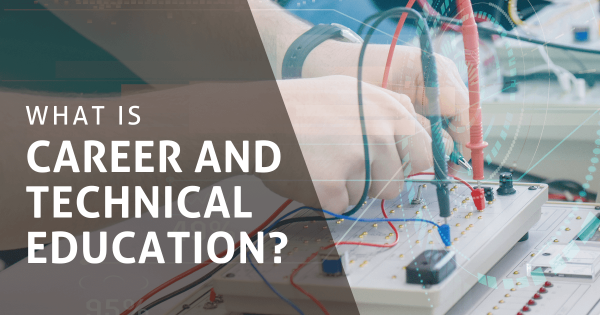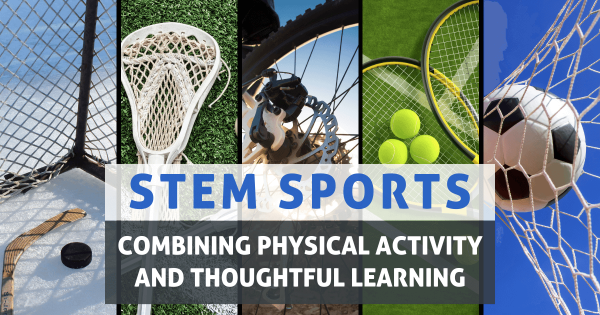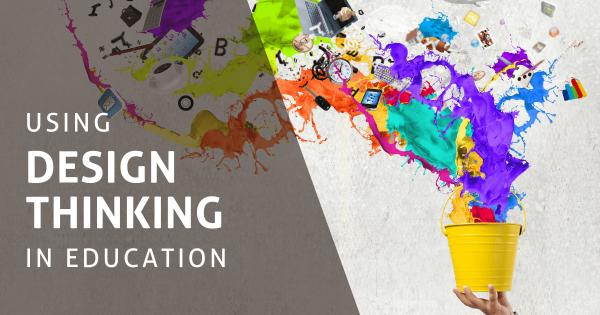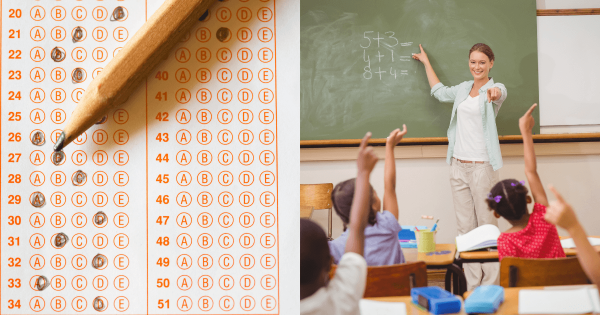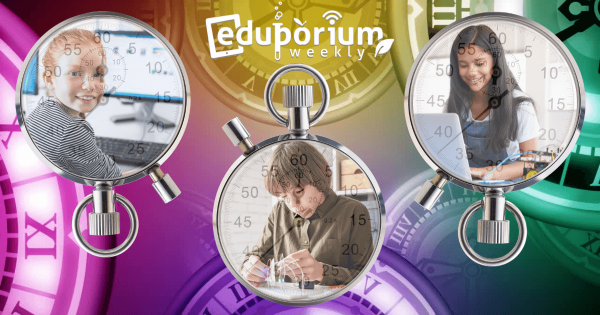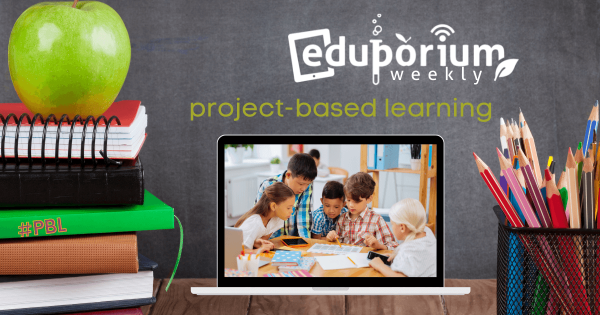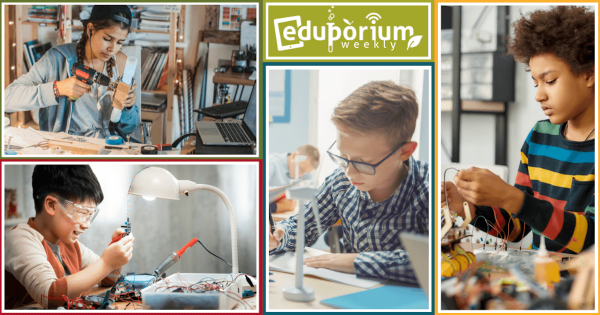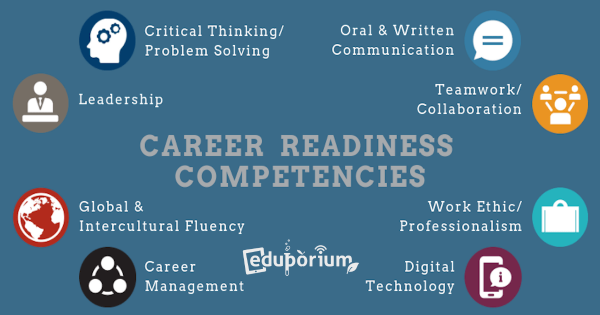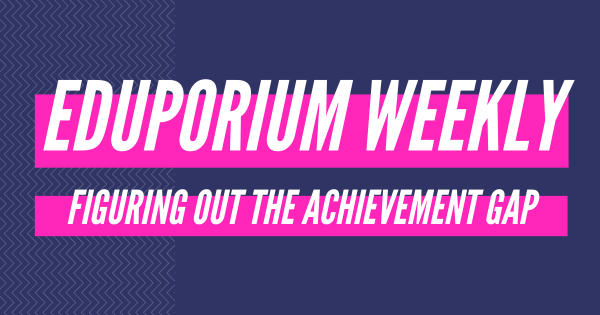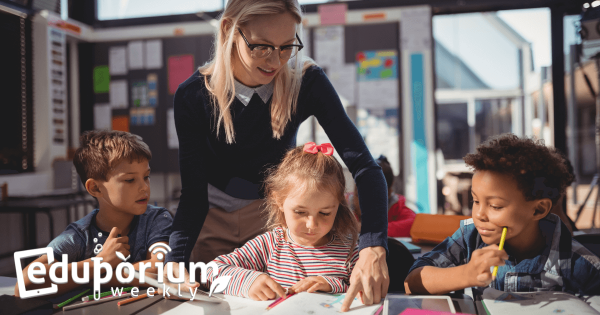Even with STEM tools and active learning, students oftentimes fail to feel fulfilled. With career and technical education, however, they’re able to gain skills in areas that can truly help them. CTE is proven to increase positive career outcomes, prepare students for college, and even improve success in other academic areas—not just STEM.
21st Century
In 21st century education, learning is evolving at a rapid pace. Whether it's in the classroom, library, or a makerspace, students need unique experiences to ensure readiness. At the same time, 21st century learning encompasses so many new areas. Students must develop a lot of key hard skills to have the best shot at future success. But, they also need the right mix of soft skills as well. For the best experiences, teachers often strive for active learning that helps students engage their heads, hearts, and hands. Using a perfect combination of pedagogical skills and useful STEM tools, they can help facilitate creative, inquiry-based, and meaningful experiences to better prepare students for the future. Here, you can find various thoughts on creating interactive learning experiences to increase preparedness. Plus, learn about some of the technologies that help drive inclusion and real-world collaboration for kids.
Our team aims to enlighten educators on the potential that exists within 21st century learning. Whether that's learning about new technologies or how to lead impactful experiences for students, we've made it our mission to share key information. In our eyes, 21st century learning does not necessarily have a specific blueprint. As long as students feel empowered to explore, create, and learn from mistakes, that is valuable in our opinion. In this section, you'll find posts on everything from teaching strategies to specific STEAM solutions. Whether it's utilizing blended learning, focusing a bit more on MakerEd, or even navigating the potential uses of virtual reality in instruction, there's truly a lot educators can do when afforded the opportunity. Scroll on through to find content on some of the most important and relevant topics in today's evolving world of education.
-
STEM Sports: Combining Physical Activity and Thoughtful Learning
In the United States, 34.6% of high school students participate in sports. Incorporating sports into your classroom STEM learning can boost retention and engagement. Try STEM Sports kits to show kids the science behind their favorite sports and inspire them to pursue real-world applications of STEM. Check out these turnkey, standards-aligned curricula in this blog. -
Eduporium Weekly | Using Design Thinking In Education
To create environments and experiences that are conducive to helping kids build design thinking skills, there are a few key areas that educators should focus on. Since a K–12 makerspace, for example, is a notably open-ended environment, combining play-based exploration with design thinking could be effective, especially when compared to traditional instruction. -
Eduporium Weekly | Trying Out A Gradeless Classroom
Every student receives grades and uses them to determine if they did well enough on an assignment, for the quarter, or to move on to the next grade. Of course, this can also create some pressure on students and sometimes lead to shortcomings in their performance. Plus, a letter grade isn’t always indicative of whether or not a student has -
Eduporium Weekly | Some Of The Logistics Of Self-Paced Learning
Self-paced learning is a form of differentiated instruction that teachers can integrate into learning experiences. In self-paced learning, teachers can let their students decide how many lessons they need and how much practice constitutes them mastering something. There are also various instructional techniques you could use and many potentially positive outcomes for kids. -
Eduporium Weekly | Rewards Of Cross-Curricular PBL
Discovering connections through active experiences is a chief cornerstone of PBL and helps students establish authentic feelings for their causes. As such, knowing the impacts these connections can have among children is key for the educators who are leading them. And, this is especially true as they leverage them across the curriculum to connect different subjects. -
How Teachers Can Help Foster A STEM Mindset In Students
There are, of course, many different pedagogical approaches that can lead to effective instruction. These days, teachers might be fond of promoting a growth mindset, a maker mindset, or perhaps even instilling a collaborative mindset in children. Whatever buzzwords we toss around, however, they’re only as effective as the purposeful teaching techniques that result. -
Eduporium Weekly | Teaching Students Career Readiness
Career readiness can mean any number of different things—especially as it pertains to today’s education landscape. As you know, students may move on to college, attend trade schools, or begin working right after completing high school. Thanks to career and technical education programs, however, many students can learn viable skills and quickly begin a relevant career. -
Eduporium Weekly | Figuring Out The Achievement Gap
When we talk about achievement gaps in education, we’re usually referring to measurable variance in achievements among students from different but often inherent groups. These include gaps in grades, attendance, and even soft skills development, and how not having truly equitable opportunities is affecting them. Moving forward, preventing and shrinking said gaps is key. -
Eduporium Weekly | Scaffolding Instruction In STEM And Beyond
Helping students learn through both independent and guided experiences can enable them to view their education differently. When we use the term ‘scaffolding,’ we’re typically referring to any targeted teaching and learning approaches that gradually evolve and ultimately empower students to lead their own learning, which is very relevant in hands-on STEM experiences.




